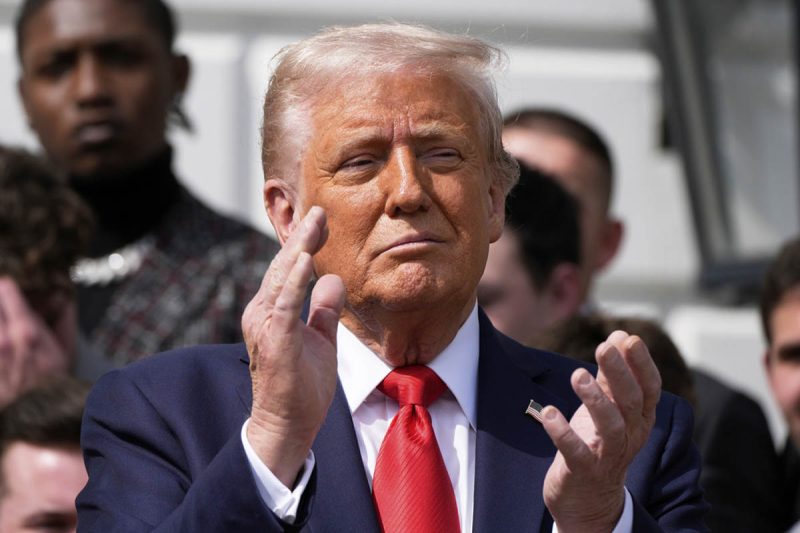
Former President Donald Trump is claiming credit for a recent drop in egg prices, despite an ongoing avian flu outbreak impacting US poultry farms. He’s boasting about his administration’s success in tackling the issue, attributing the price decrease to his policies and actions taken during his time in office.
The price of eggs has been a significant concern for American consumers over the past year, with prices soaring due to a combination of factors, including inflation and the avian flu outbreak. In the first two months of the year, a resurgence of avian flu forced farmers to cull millions of birds, leading to a sharp increase in egg prices. Reports from the Bureau of Labor Statistics indicated that a dozen eggs cost $4.95 in January, rising to $5.90 by February, and reaching $6.23 in March due to high demand and limited supply.
In an effort to stabilize egg prices, the government, under the leadership of then-Secretary of Agriculture Brooke Rollins, initiated a plan to import millions of tons of eggs from countries like South Korea and Turkey. This intervention, according to the USDA, seems to have had a temporary positive impact, with the average wholesale price of eggs falling to $3.13 by the end of last week.
Trump seized on this news, publicly celebrating the price decrease as a testament to his administration’s effectiveness. In a recent press appearance, he recounted the challenges of addressing the egg shortage and the subsequent price surge, emphasizing that he had successfully navigated the crisis and ensured ample egg supplies for Easter.
However, the avian flu crisis remains ongoing in the United States, and the long-term impact on egg prices remains uncertain. While the recent price drop is undoubtedly welcome news for consumers, it’s crucial to view this development within the broader context of the continuing agricultural challenges and the fluctuating market conditions. Whether this price decrease is truly a sustained trend remains to be seen. The ongoing situation underscores the complex interplay between public health concerns, agricultural production, and economic factors influencing food prices.










